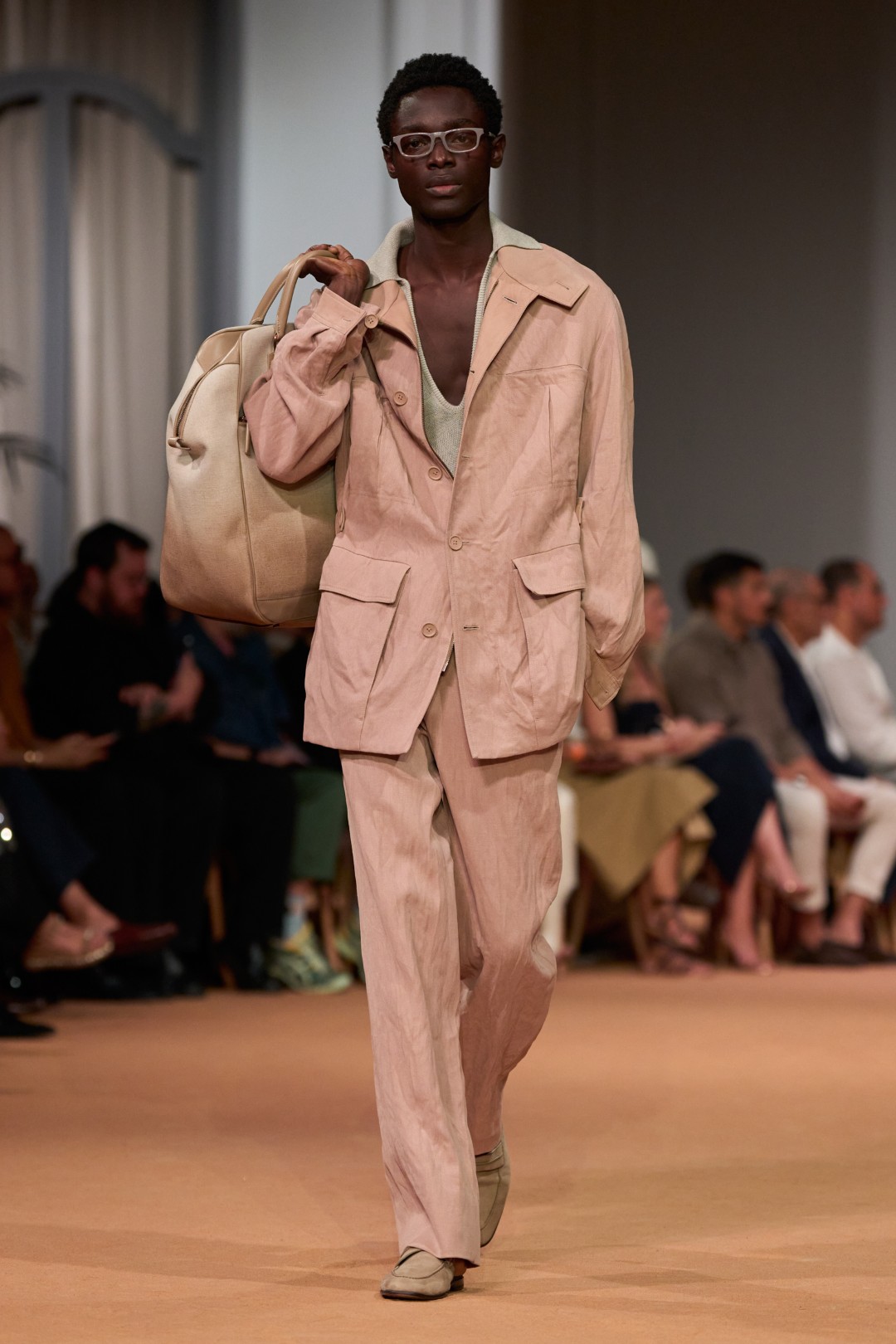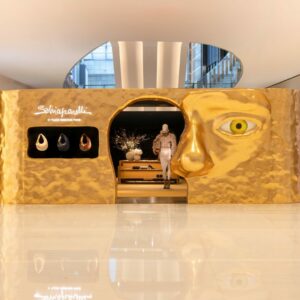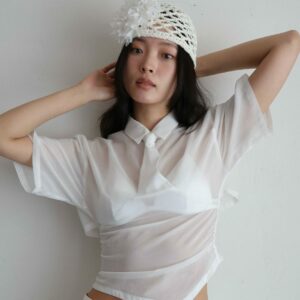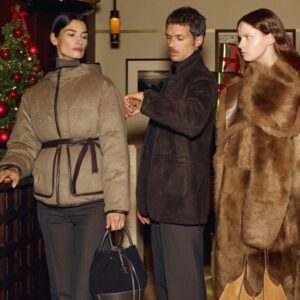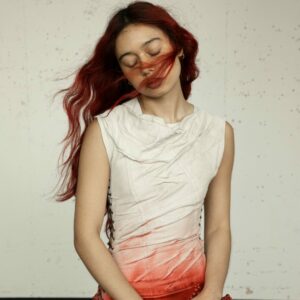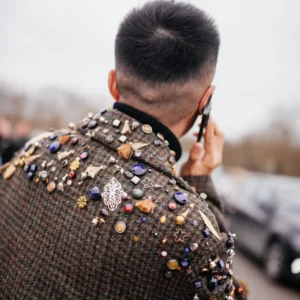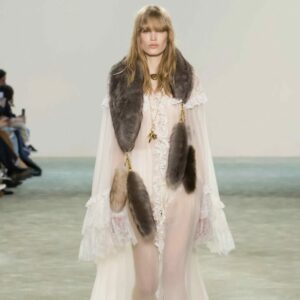For the first time, ZEGNA (Instagram) unveiled its Spring/Summer collection outside Milan—staging its SS26 show in Dubai, a city where the desert meets design and luxury is in constant evolution. The brand transformed the Dubai Opera into Villa Zegna, its roving experiential concept, and filled the space with heat-washed tailoring, sun-faded palettes, and a live score by James Blake. As an event, it was immersive; as a statement, it signalled a broader rewriting of where and how Italian fashion can live.

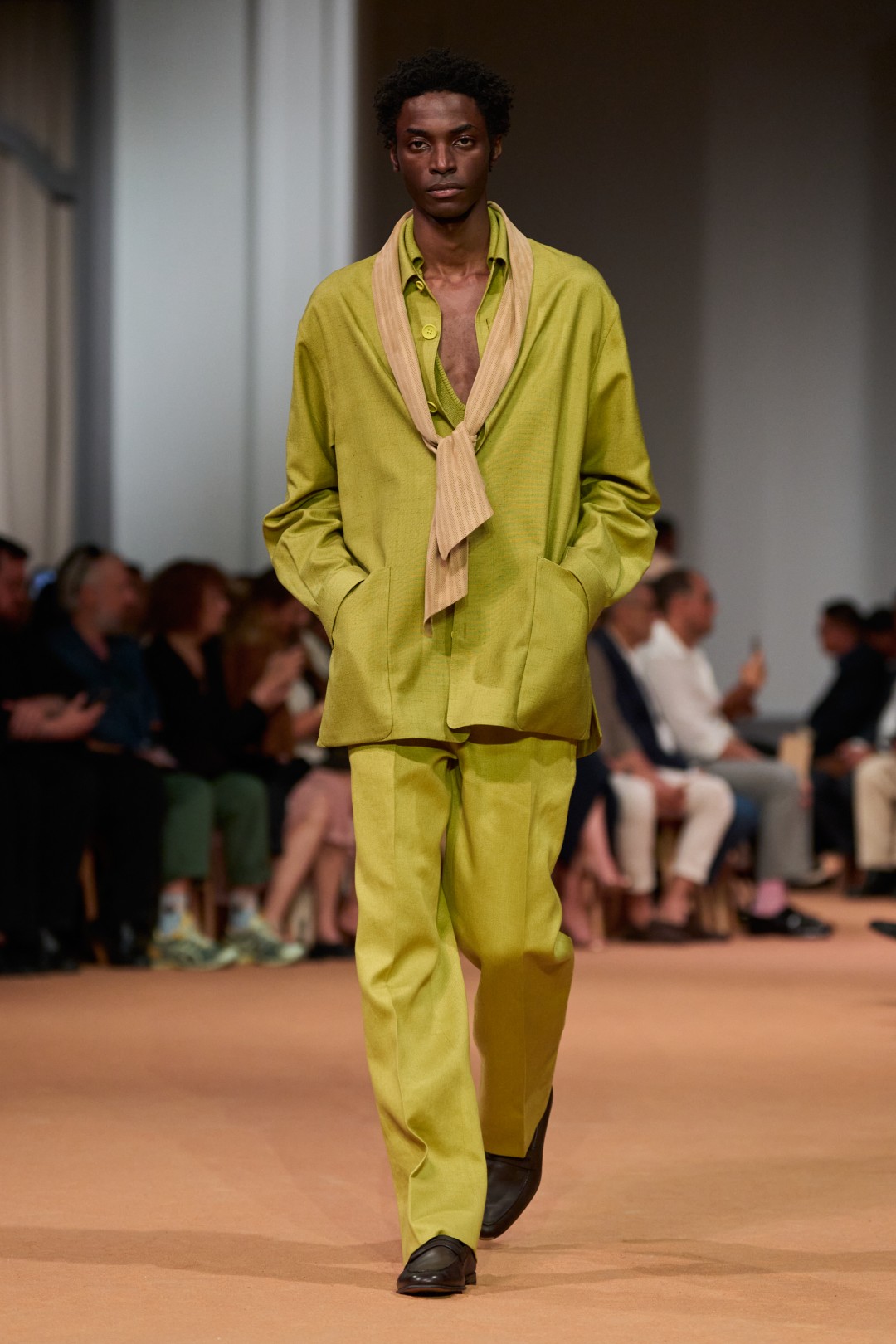
“This show and collection bring such an all-encompassing mindset alive,” the brand shared, “crossing borders on a backdrop that seamlessly fuses in one ambience the Founder’s mansion in Trivero with the sand of the desert.” Villa Zegna, first introduced in Shanghai and New York, made its Middle Eastern debut as an environment where craftsmanship, material innovation, and storytelling converged.
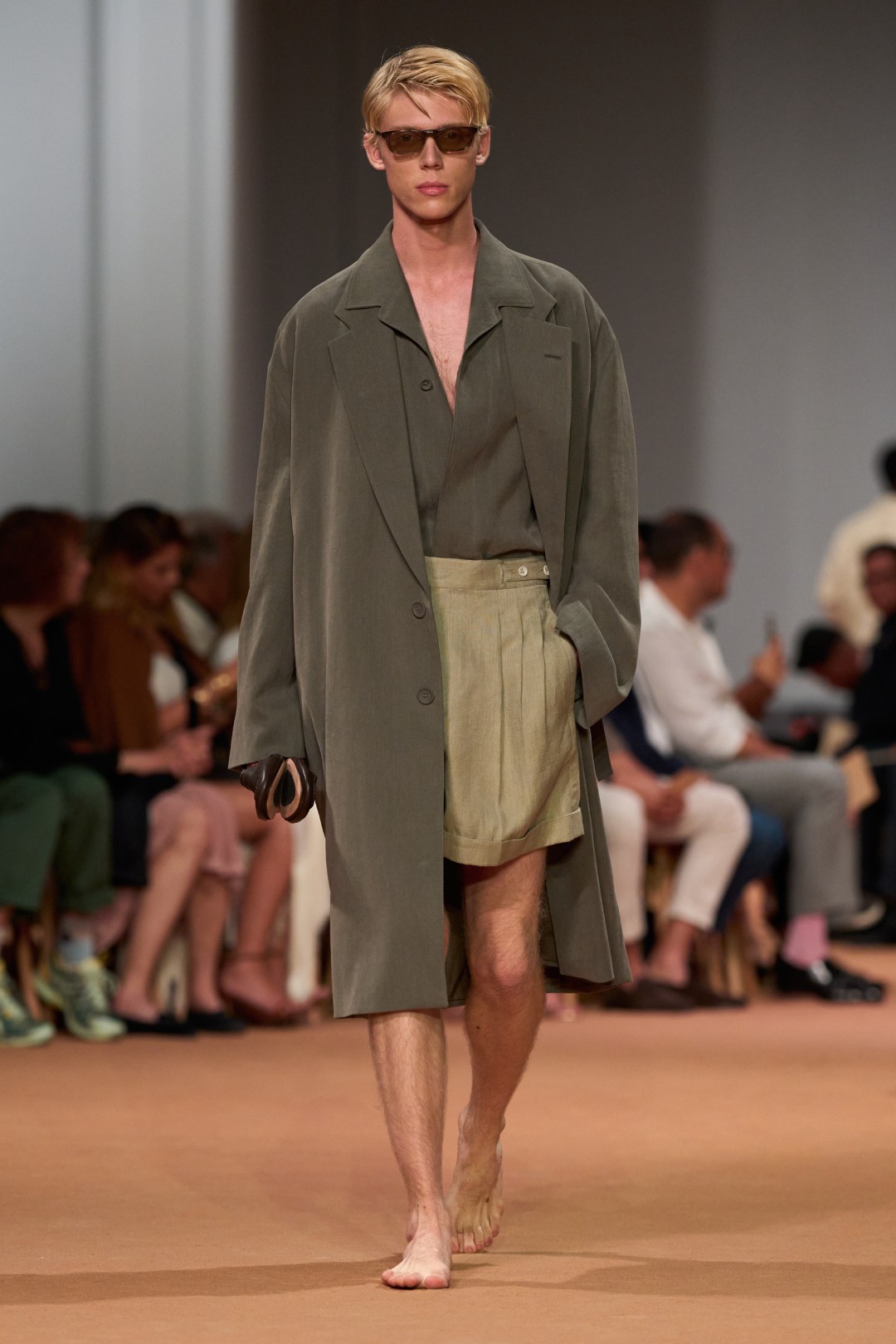
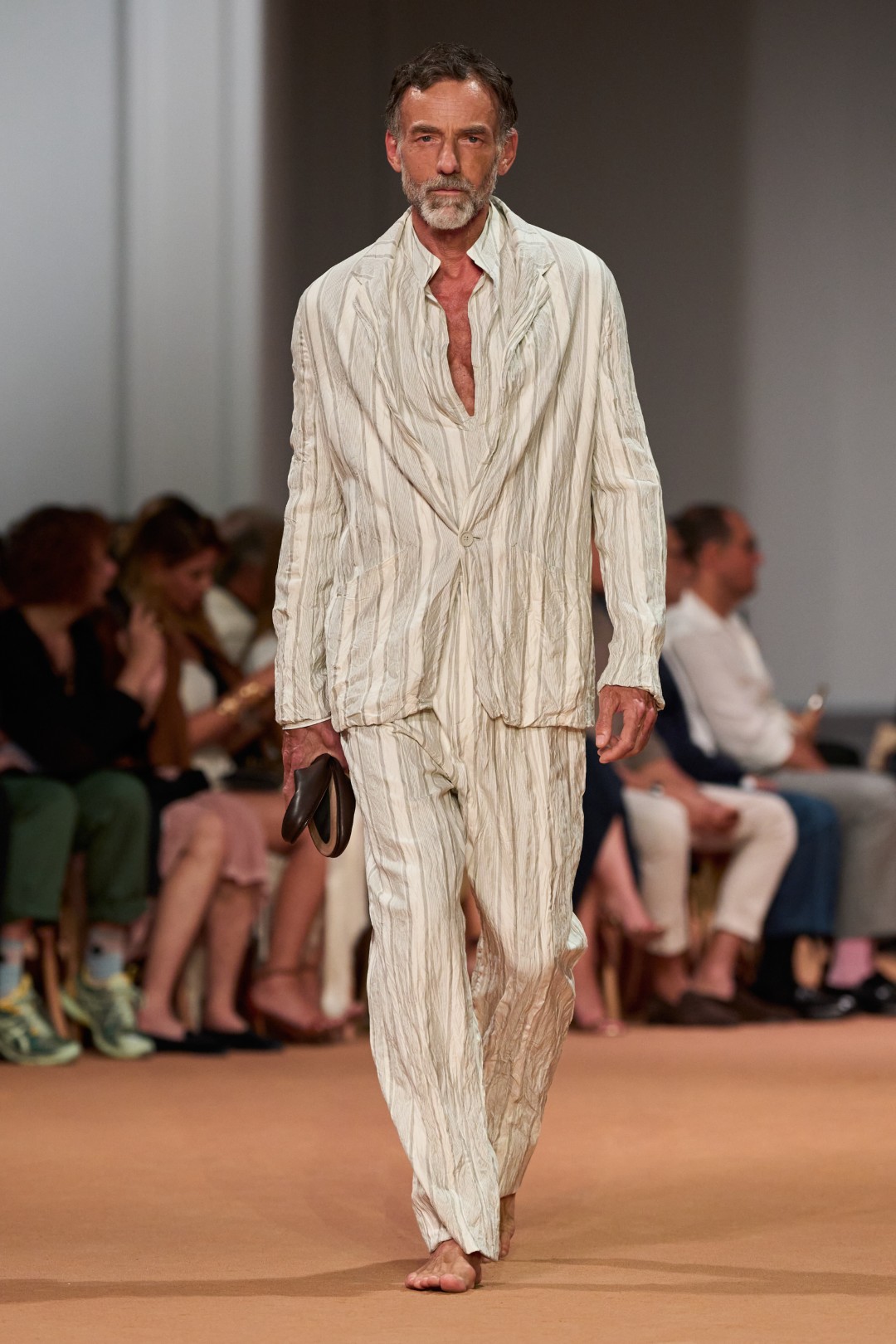
The philosophy guiding the show dates back to 1910, when Ermenegildo Zegna founded his company in Trivero and later envisioned Oasi Zegna—not just a place, but “a vision of togetherness, in which clothing and people flourish as one, and fashion becomes one with life.” One hundred and fifteen years later, this ethos continues to shape the brand’s creative direction under Artistic Director Alessandro Sartori.
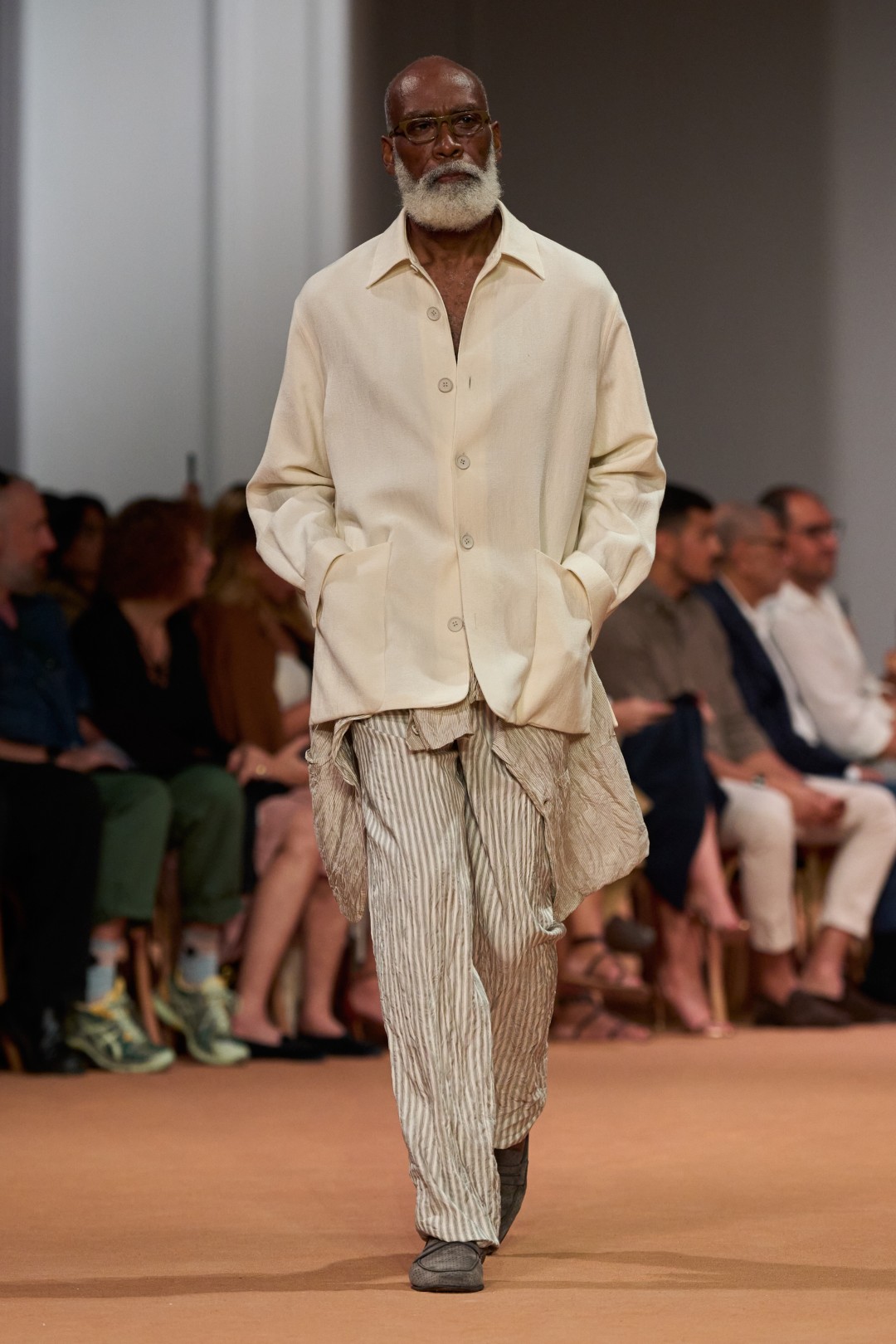
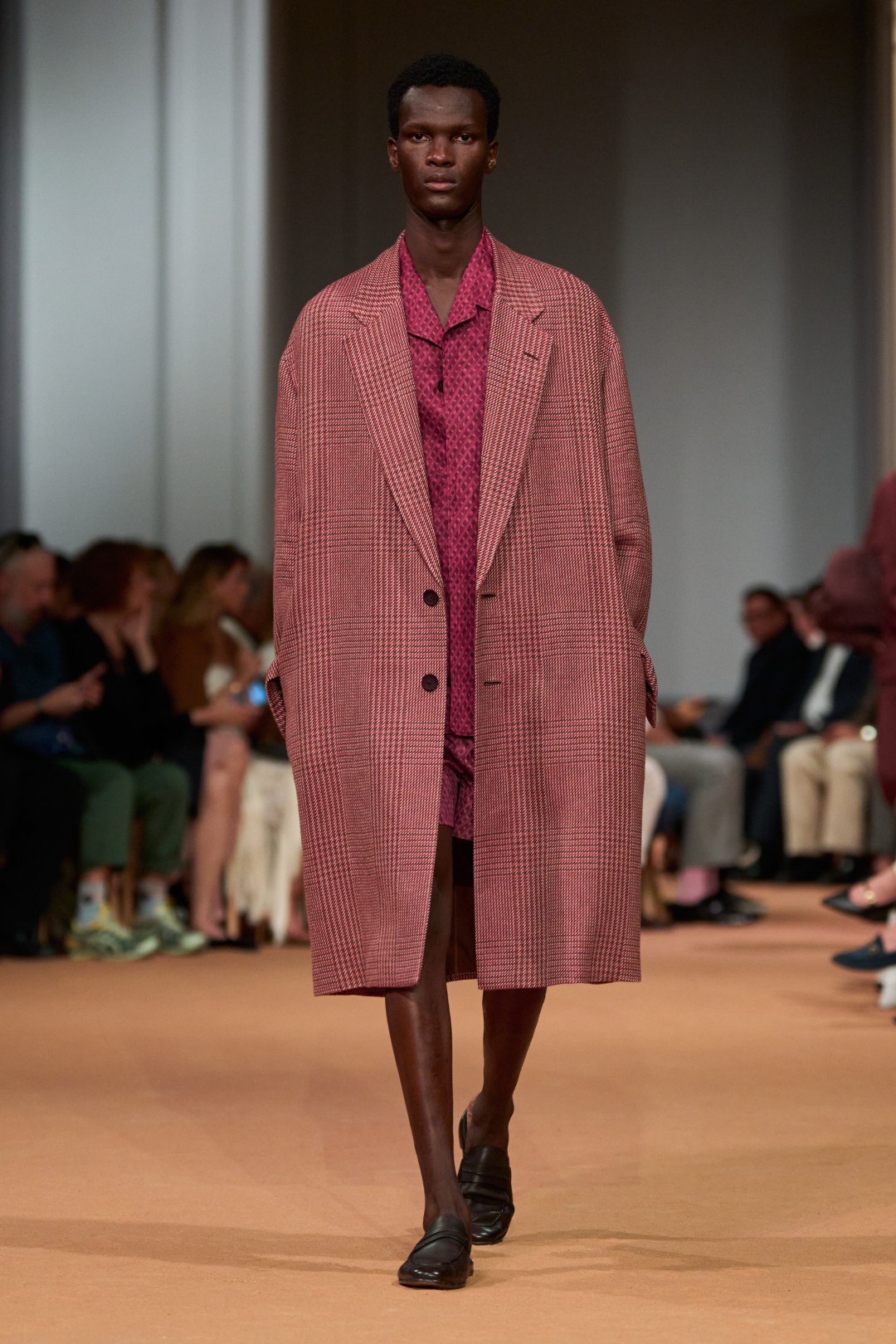
For Sartori, fashion is not just about construction but about lived-in interpretation. “Fashion is a way to be both true to the ZEGNA roots in fabric making, thereafter exploring the wider possibilities of materiality, and a laboratory in which to experiment with ways of wearing and using the garments, letting daily experiences forge them,” he said.


To that end, garments in the SS26 collection appeared to have been sculpted by life itself. Many had undergone intense washing and crinkling, their volumes moulded to the body and their colours faded as if by the Dubai sun. Jackets were knotted at the waist, loafers were softened into slippers, and blousons hugged the body with ease. “There is an immediacy and a liveliness to the earthy allure of this collection that belies the layered thought process behind it,” Sartori explained.
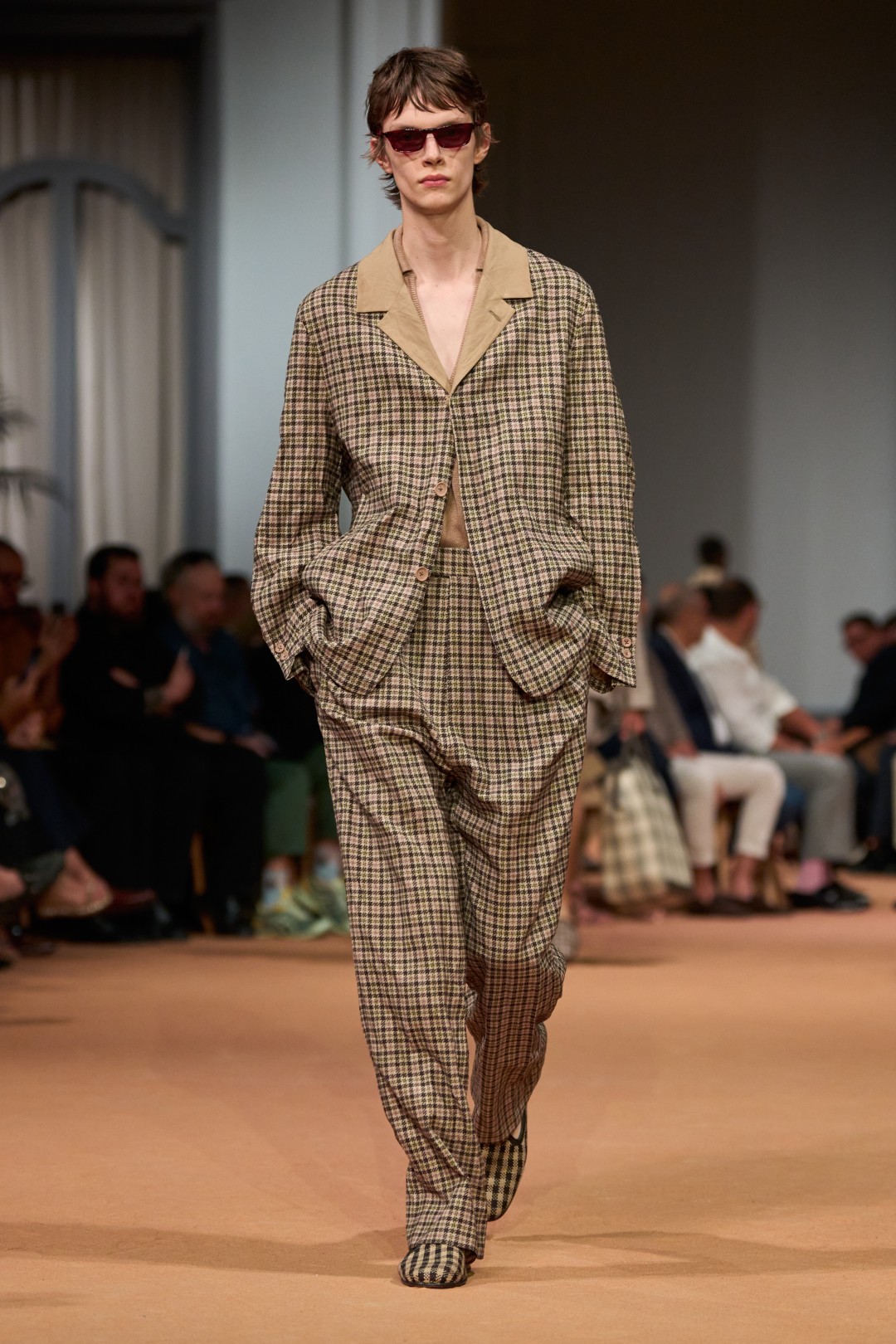
A single image, Sartori said, defined the tone: “a chair, upon which items of clothing are piled up after being taken off, probably, ready to be picked up the day after. The stratigraphy and the casualness suggest a life lived intensely, which is what we are after. As designers, we do half of the work: the rest happens when clients interpret pieces day by day.”

“That individual, non-standard interpretation today is on the catwalk,” he continued, “showing the ZEGNA view in its natural environment: life. There is a culture of dressing, a proper and insouciant manner to it which to me captures a peculiar Italian timbre that I want to keep as our signature.”
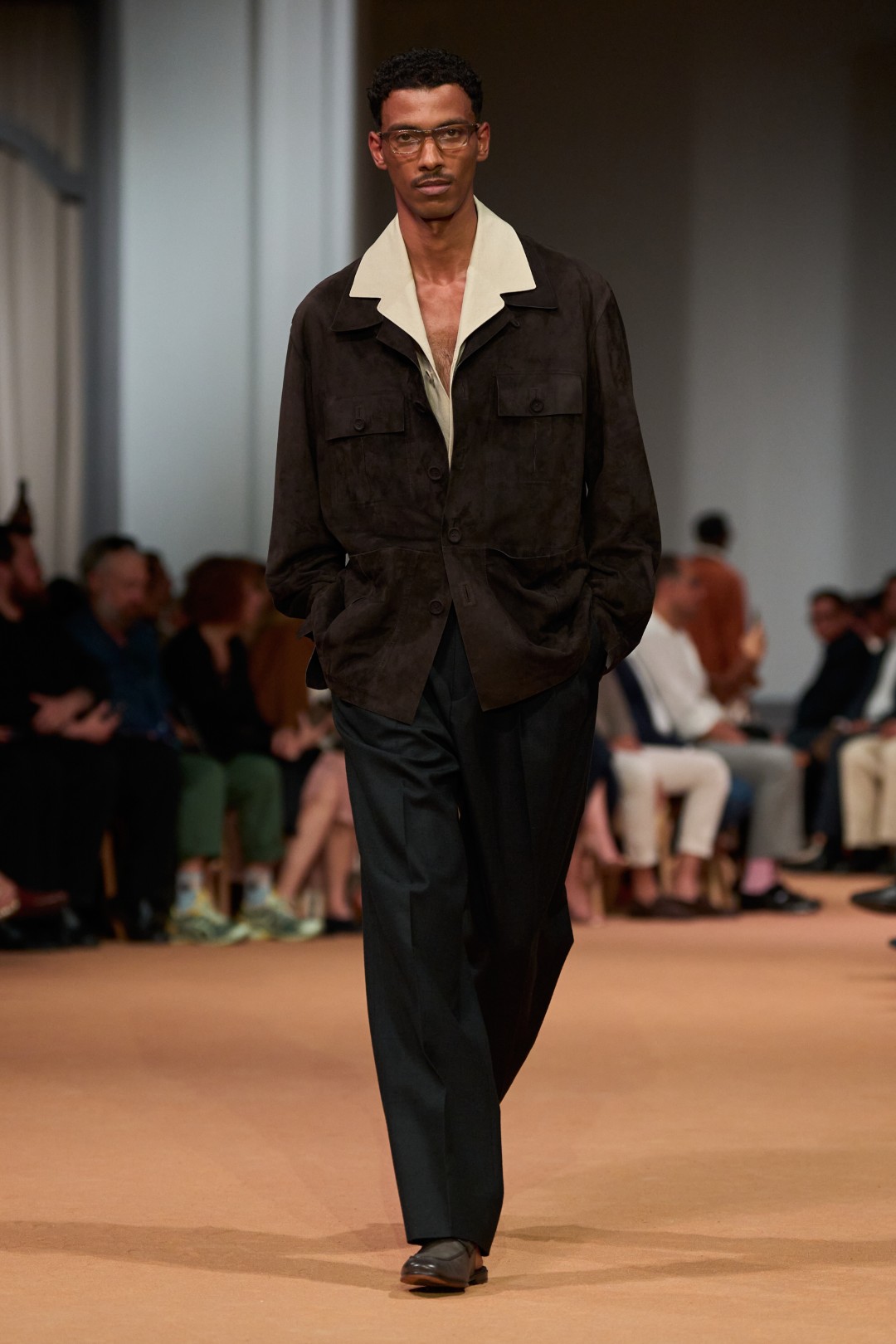
This sentiment was expressed in silhouette and substance: loose and deconstructed tailoring, jackets as light as shirts, and the iconic Il Conte rendered in a boxier form. Double-layer Nehru shirts, flowing long shirts, and tailored shorts layered under summer coats added versatility. Pajama stripes ran through featherweight suiting, while leather jackets and outerwear were stripped down to breeze-weight. Deconstructed blazers with low closures, field jackets, and knit anoraks expanded the ZEGNA vocabulary. Matched prints on shirts and shorts suggested a relaxed refinement.
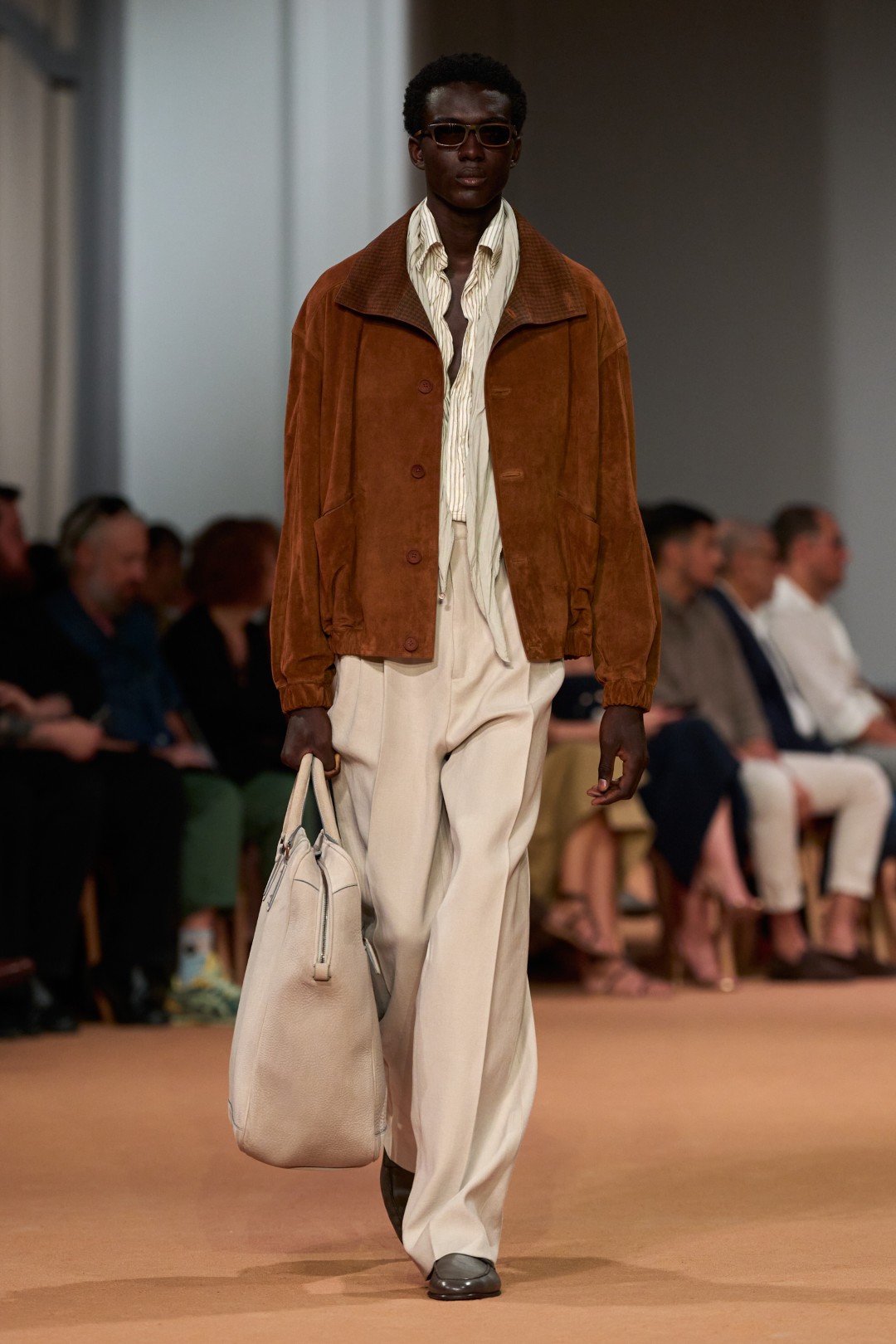
Accessories included soft moccasins, wraparound sunglasses, and oversized bags, all styled with an offhand clarity. The palette—bianco Oasi, mastice, burro di montagna, corda, and caligine—was layered with brighter inflections like olio, liquore, felce, ciclamino, and magnolia, anchored by deep notes of fumo, ardesia lavato, and barolo.
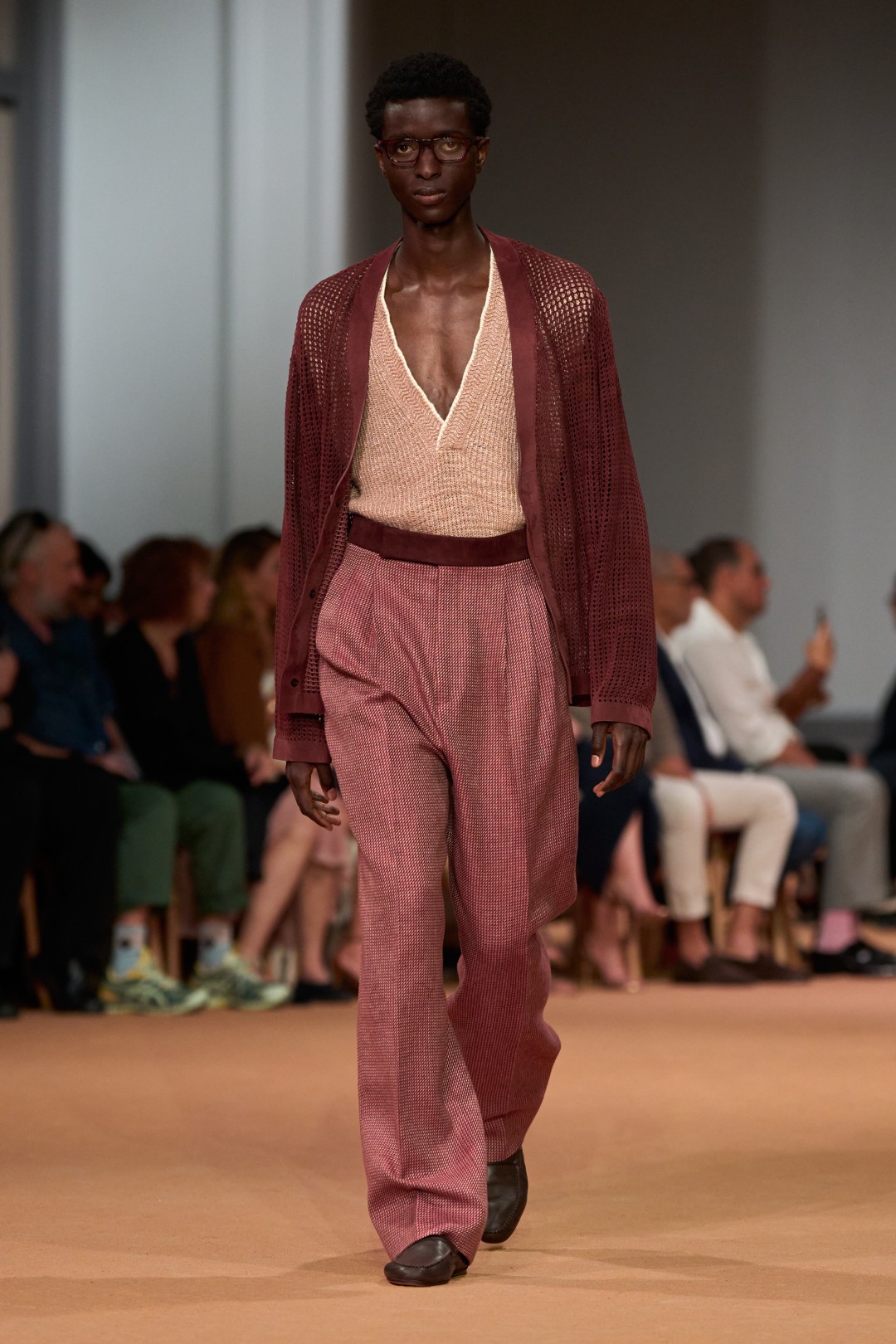
Materiality remained central. Summer Shetland in wool/silk/linen, silk poplins, jacquards, sanded hemp, Sea Island cotton, and rustic hand-spun silks textured the garments. ZEGNA’s signature Oasi Lino appeared in structured three-ply canvas. Leather was knitted, jacquard-woven, and reimagined as soft as knitwear.
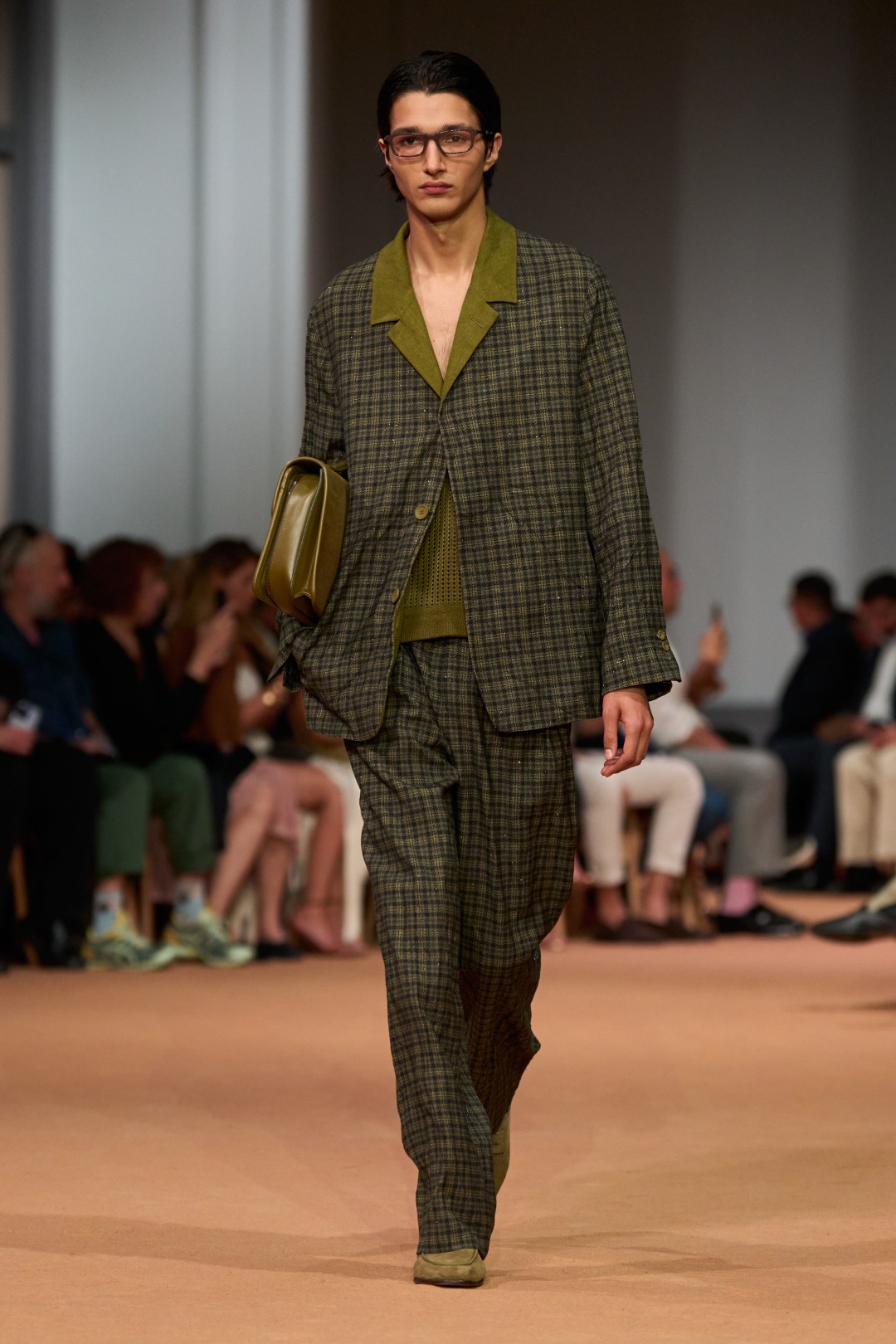
As ZEGNA put it, “Clothes are always part of life. In this collection, the depth of the encounter between the wearers and what they wear is just possibly longer, certainly more personal and intense.”
From the peaks of Trivero to the heat of Dubai, the SS26 collection traced a line between place, memory, and material. It was not just a fashion show. It was an environment—a lived-in experience that asked how luxury can feel more human, more adaptive, and more enduring.
For more stories of fashion, visit our dedicated archives.
